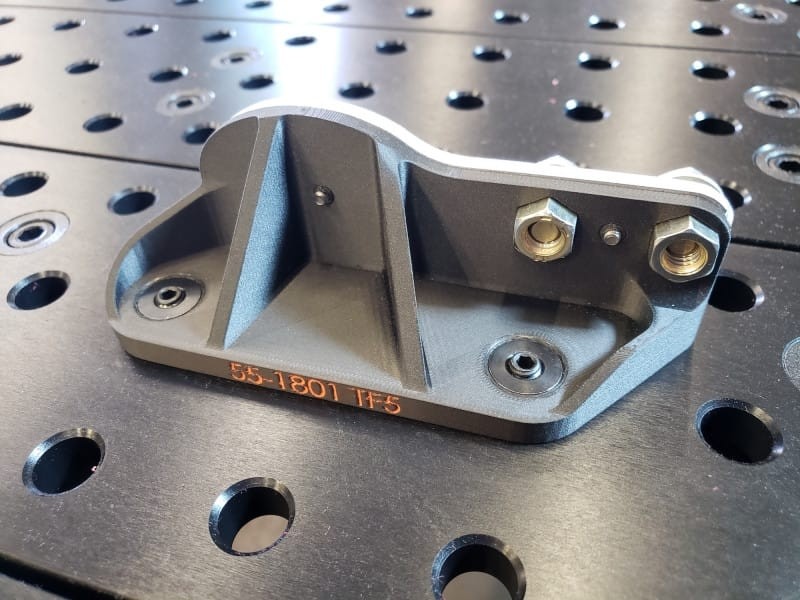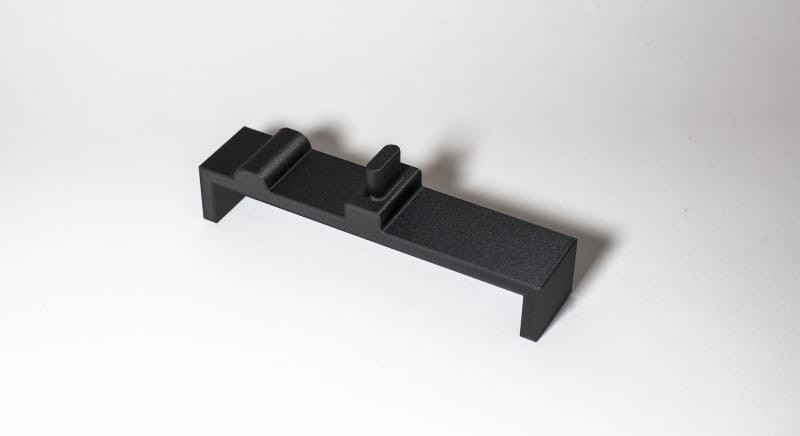
Assembly

More easily spin up automated assembly processes.

Increase throughput with optimized, conformal geometries.

Decrease downtime with robust assembly hardware.
While production refers specifically to converting raw materials into parts, assembly involves putting parts together into final products. Assembly is achieved through automated processes, manual labor, or a combination of both. Optimization of the assembly stage leads to massive cost savings while inefficiencies can wreak havoc on the bottom line.
Additive manufacturing can be used to supplement both manual and automated assembly, increasing throughput while decreasing costs. Custom parts for automated systems (such as end-effectors) are traditionally costly and may take weeks to get through a machine shop queue. Markforged industrial 3D printers offer a way to fabricate such hardware with far less skilled labor, decreasing the necessary effort to ramp up an automated assembly line. You can also optimize manual processes with 3D printed assembly tools and fixtures. While conformal geometries that ensure accurate, repeatable assembly prove difficult to fabricate using traditional methods, Markforged 3D printers can produce complex shapes with the mechanical properties necessary for a factory environment.

SDHQ: Welding Fixture

Eaton: Stanchion Adapter

Custom Assembly Jig

Mounting Assembly Bracket

Custom Filter Housing Assembly

Electric Vehicle Suspension Assembly Tool
All of the blogs and the information contained within those blogs are copyright by Markforged, Inc. and may not be copied, modified, or adopted in any way without our written permission. Our blogs may contain our service marks or trademarks, as well as of those our affiliates. Your use of our blogs does not constitute any right or license for you to use our service marks or trademarks without our prior permission. Markforged Information provided in our blogs should not be considered professional advice. We are under no obligation to update or revise blogs based on new information, subsequent events, or otherwise.
Never miss an article
Subscribe to get new Markforged content in your inbox